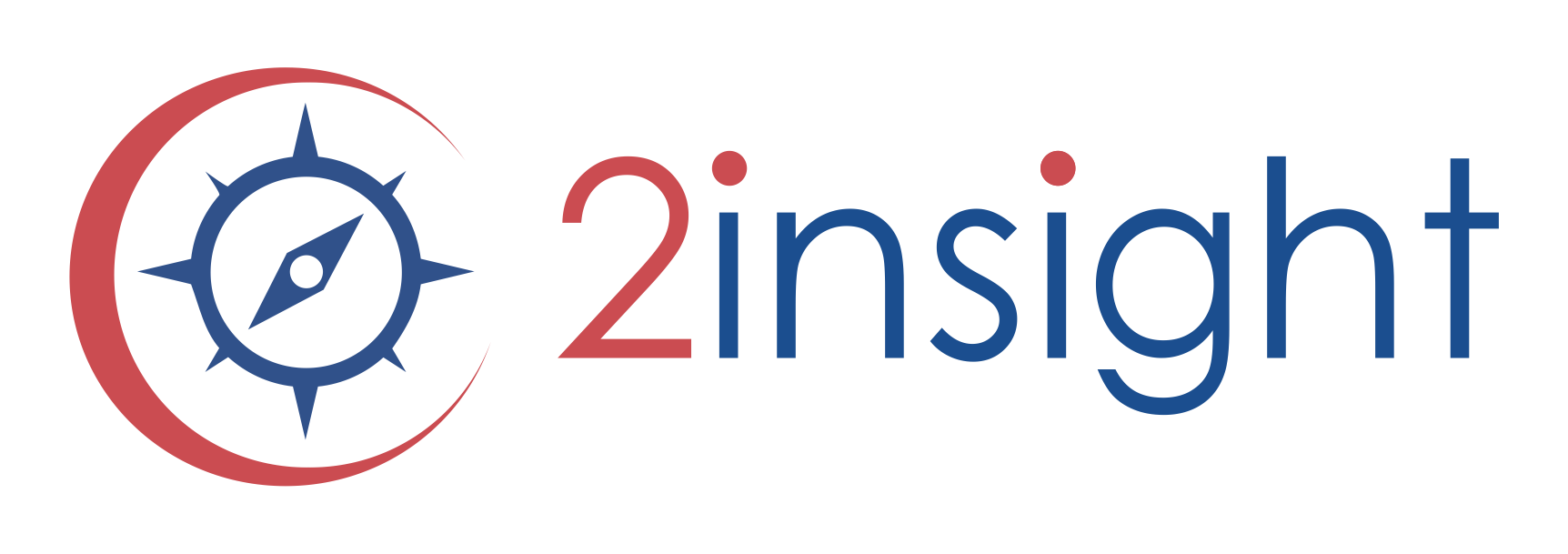Effective leaders know how to harness the power of perspective
We use perspective daily. It is an outlook, point of view or mindset that we use as a lens to help us understand, manage and deal with situations, interactions and experiences. Our perspective evolves as we do. In life and at work new experiences shift and change our perspective and similar or predictable experiences reinforce our position or view. Our perspective is deeply based on our current reality and so I always refer to it as our 'present perspective'.
Our present perspective grounds us. It helps us feel confident and able to manage ourselves and others. It enables us to make choices and decisions we can stand up for and empowers us to follow through on action steps even when things get tough. But our present perspective can also sometimes hinder us. It hinders us when it becomes closed or limited due to long-standing assumptions, adverse experiences or self-imposed rules.
Our challenge as leaders is to nurture and maintain an open perspective in ourselves and others. It can be challenging because opening your present perspective can be unsettling. Asking ourselves and our teams to look at things in new or different ways will challenge our traditional views, approaches, processes and directions.
I am fortunate to often see first-hand an authentic strength within leaders as they harness and open their perspective during our coaching conversations. I can see the visible a-ha moment as they look at a situation or issue they have been feeling stuck on through a new lens and suddenly barriers that were there are no longer insurmountable and they feel a strong motivation and commitment to taking action.
So, how can you, in your leadership role better harness and open the power of your perspective?
There are a number of well-known and very effective parallel thinking tools such as Edward de Bono's Six Thinking Hats and The Disney Method that enable leaders and their teams to look at things from new and different perspectives in a structured and methodical manner. But leadership is fluid and dynamic. And leaders need to be equipped to handle things in the moment - in a conversation on the way to buy a coffee.
A simple and powerful way for leaders to harness perspective is to use "what if. . .?" questions. Below are some examples of how successful leaders open and harness perspective in their leadership conversations at both individual and collective levels:
Internal perspective - Leaders use this inward looking, self-reflective view to think about things such as personal and organisational values and beliefs, the development needs of themselves and their teams and to reflect on past experiences. They understand the value of external feedback and are ready to provide practical feedback to their teams. Leaders ask others - What if all resistance to change melted away? What if it had to be done by next week? Leaders ask themselves - What if I ask for help?
Shadow perspective - This is a useful counter or reverse view used by leaders to examine the opposite side. They know it is important to think about what may go wrong and what may be missing. It provides an opportunity to assess what needs to change and what should stay the same. Leaders ask others - What if we could change only one thing? What if our competitor beats us to it? Leaders ask themselves - What if I said no?
Impact perspective - Leaders assess impact when they review potential reactions, consequences and outcomes. They are aware that decisions and actions give rise to responses and influence attitudes. They take time to consider both the negative and positive side and use empathy to put themselves in another's shoes. Leaders ask others - What if we asked for feedback before the release? What if we did nothing? Leaders ask themselves - What if I wasn't here?
Big picture perspective - Leaders create space for bringing in broader views. They read, research and network within and outside their area of expertise or industry. They learn from their own past experiences and seek out advice and observations from others. When their team is in the detail leaders are able to consider the longer term view or what may be coming next. Leaders ask others - What if we had to use this for the next 5 years? What if that supplier closed? What if you were running the show? Leaders ask themselves - What if this is my legacy?
Leaders able to harness the power of perspective can make things happen under difficult circumstances, inspire those around them, deliver sustainable results and bring about change.
Want to delve deeper into how to open and harness the power of your perspective? Email me your questions, comments or book a complimentary 30-mins perspective call via my email. . . aggie@2insight.com.au
Aggie


